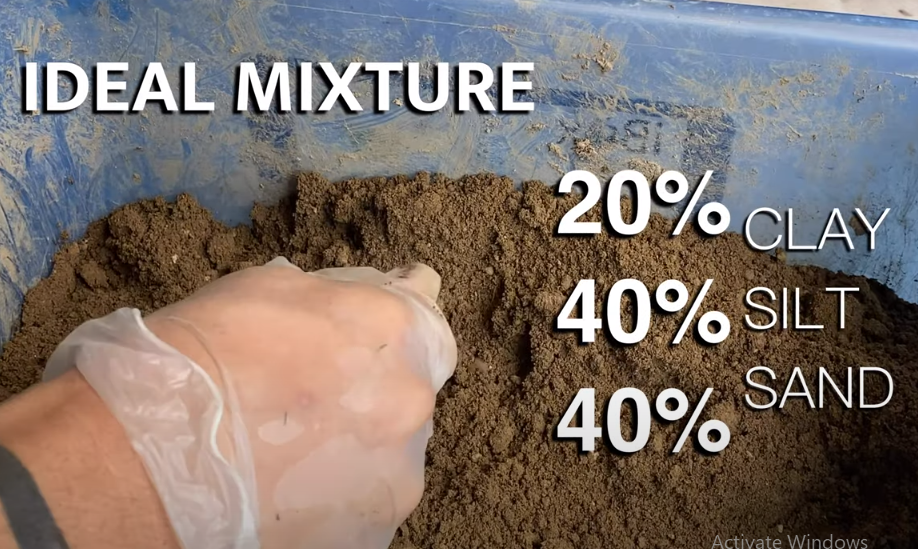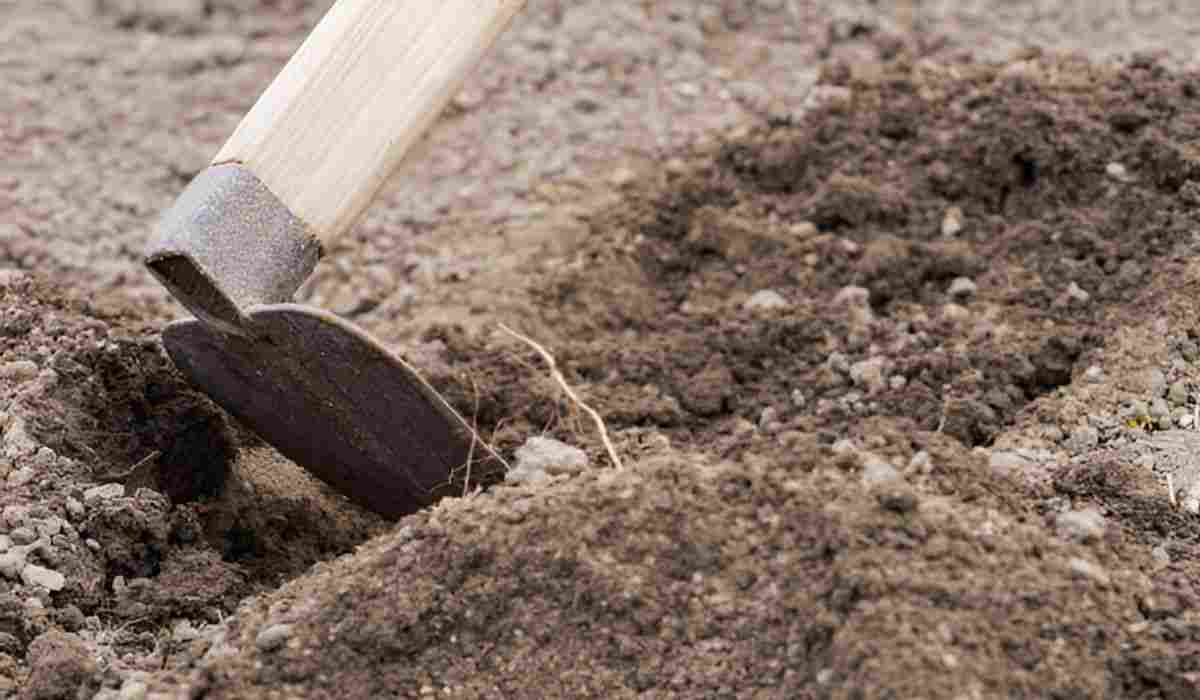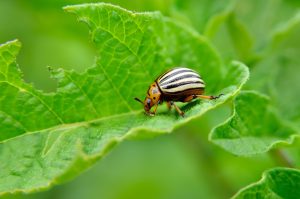Loam soil is considered the gold standard for gardening and agriculture due to its perfect balance of sand, silt, and clay. It offers excellent drainage, nutrient retention, and aeration, making it ideal for growing a wide variety of plants.
If your garden soil is too sandy, too compacted, or lacking nutrients, you can improve it by creating loam soil using simple techniques. This guide will teach you how to test, amend, and maintain loam soil to ensure healthy plant growth year-round.
What is Loam Soil?
Loam soil is a well-balanced mixture of:
- 40% sand – Improves drainage and aeration.
- 40% silt – Helps retain moisture and nutrients.
- 20% clay – Provides structure and holds essential nutrients.
Loam soil is highly regarded for its ability to support plant health. If your soil struggles with drainage, you may also want to learn how to make well-drained soil for plants to ensure optimal root growth.

Why is Loam Soil Ideal for Plants?
- Retains enough moisture while draining excess water.
- Provides nutrients essential for plant growth.
- Allows roots to spread easily without becoming compacted.
- Supports beneficial soil organisms like earthworms and microbes.
How to Identify Your Soil Type
Before making loam soil, determine what type of soil you currently have. Here are two simple tests:
1. The Hand Test (Texture Test)
- Take a handful of moist soil and squeeze it.
- If it falls apart immediately, it’s sandy soil.
- If it forms a sticky ball, it’s clay soil.
- If it holds its shape but crumbles easily, you have loamy soil.
2. The Jar Test (Soil Composition Test)
- Fill a clear jar halfway with soil and add water.
- Shake well and let it settle for a few hours.
- Observe the layers:
- Bottom layer = Sand (settles first).
- Middle layer = Silt.
- Top layer = Clay (takes longest to settle).
- A balanced mix of all three indicates loam soil.
For a deeper analysis of soil quality, check out this guide on how to test soil nutrients at home.
How to Make Loam Soil in 5 Easy Steps
If your soil is too sandy, too compacted, or poor in nutrients, follow these steps to improve it and create loam soil.
Step 1: Add Organic Matter
Organic materials improve soil structure and increase fertility. Best options:
- Compost – Boosts nutrients and microbial activity.
- Aged manure – Enhances nitrogen and soil structure.
- Peat moss – Retains moisture in sandy soil.
- Leaf mold – Adds humus and improves texture.
Want to build the best organic soil? Read how to create organic soil for your healthiest garden.
Step 2: Balance Sand, Silt, and Clay
To correct soil imbalances:
- For sandy soil: Add clay and organic matter to retain nutrients.
- For clay soil: Mix in sand, compost, and gypsum to improve drainage.
Step 3: Test and Adjust pH
- Ideal pH for most plants is 6.0 to 7.0.
- Use a DIY soil pH test kit or send soil for lab testing.
- To increase pH (reduce acidity), add lime.
- To lower pH (reduce alkalinity), add sulfur or peat moss.
Step 4: Improve Soil Drainage
Good drainage prevents root rot and nutrient leaching. Solutions:
- Raised beds – Prevents waterlogging.
- Aeration – Loosens compacted soil.
- Mulching – Regulates moisture levels.
Step 5: Maintain Soil Health Year-Round
- Rotate crops to prevent nutrient depletion.
- Apply mulch to conserve moisture.
- Use cover crops (like clover) to enhance organic matter.
- Avoid excessive tilling to preserve beneficial microbes.
Best Plants for Loam Soil
Loam soil is suitable for almost all plants, but these thrive particularly well:
- Vegetables: Tomatoes, peppers, carrots, lettuce, onions. (Consider using the best tomato fertilizers for optimal growth!)
- Flowers: Roses, sunflowers, marigolds, hydrangeas.
- Trees & Shrubs: Apple trees, berry bushes, oaks, maples.

Effects of Ecological Soil Management on Loamy Soil
Dr. P. Droogers, A. Fermont, and J. Bouma conducted a study on how different soil management techniques impact the structure and usability of loamy soil in the Netherlands. Their research found that ecological soil management practices significantly affect water retention, soil aeration, and the ability of soil to support plant growth.
Proper management can enhance workability (ease of cultivation) and trafficability (ability to support weight without compaction). For more details, you can read the full study here.
FAQs About how to make loam soil
1. How Do I Know If My Soil is Loamy? Perform the Hand Test or Jar Test (explained above). If your soil holds its shape but crumbles slightly, it is loamy.
2. Can I Make Loam Soil at Home? Yes! By adding organic matter, adjusting sand/silt/clay ratios, and maintaining soil health, you can improve poor soil into loam.
3. What is the Best Fertilizer for Loam Soil?
- Organic options: Compost, aged manure, fish emulsion.
- Synthetic options: Balanced 10-10-10 fertilizer (Nitrogen, Phosphorus, Potassium).
4. How Often Should I Test My Soil? At least once per season to monitor pH, nutrient levels, and soil structure.
Build the Perfect Loam Soil for Thriving Plants
Loam soil is the foundation of a successful garden. By understanding your soil type and making simple improvements, you can create rich, fertile loam soil that supports healthy plant growth year after year.
Follow these expert-backed techniques and enjoy a productive, flourishing garden!
Want more gardening tips? Subscribe to our newsletter for seasonal soil care and plant-growing advice! Visit GardenFill for more gardening resources!






3 Responses